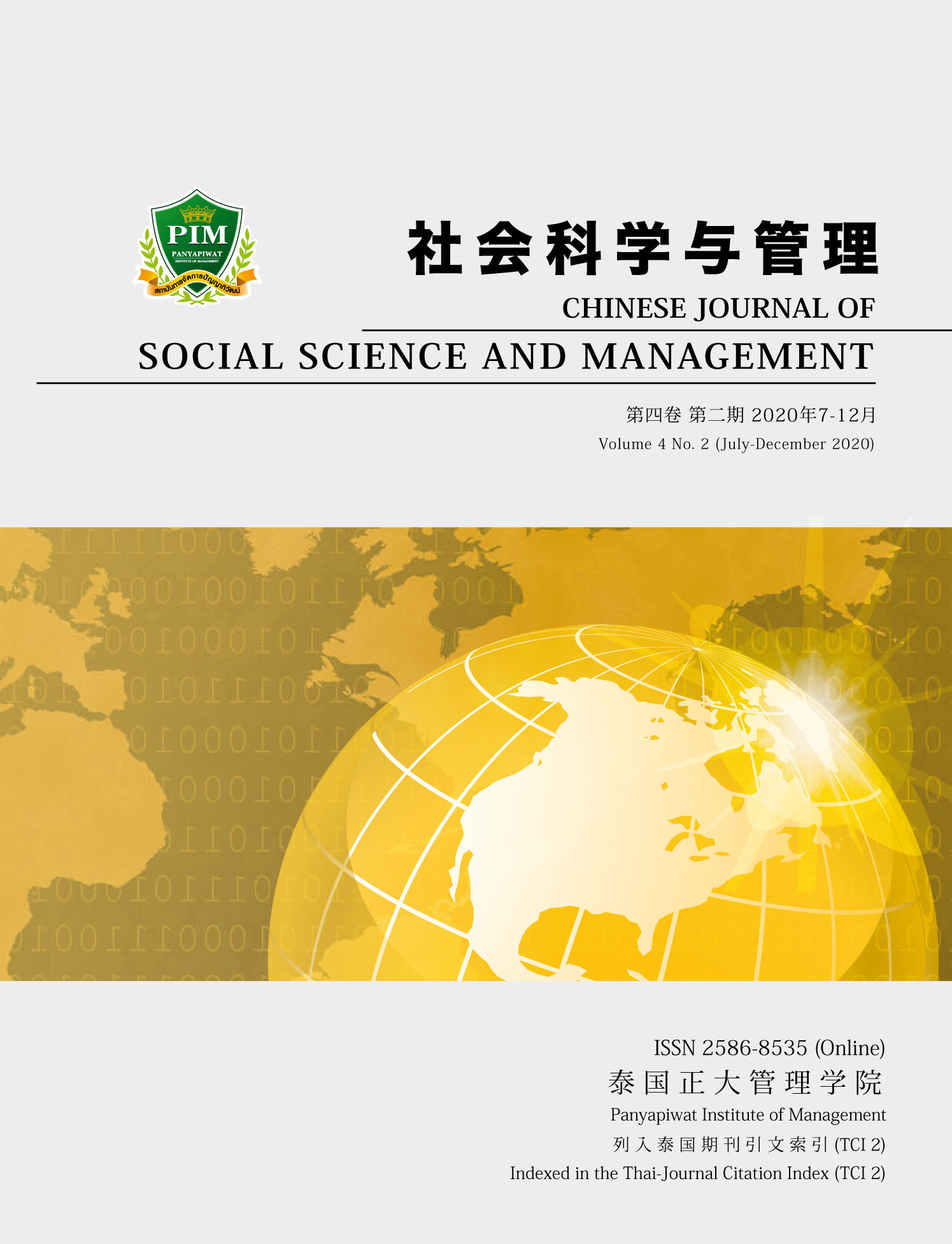AN EMPIRICAL RESEARCH ON INTERNET MARKETING OF MICRO-PROFIT PROJECT BASED ON THE “WECHAT SPORTS PROJECT” ANALYSIS
Main Article Content
Abstract
The development of Internet technology provides a broad platform for public charities. For public welfare organizations with limited resources, the application of a network platform and network marketing strategy has injected new development impetus into public welfare organizations and transmitted many new public welfare ideas. Therefore, this study explored the mechanism of micro public welfare activities in the process of online marketing.
In this paper, through the establishment of a model, the analysis of some successful cases built a theoretical model of micro public welfare project network marketing and put forward the relevant assumptions. The reliability and validity of the sample data were analyzed by appropriate software, the intermediary effect, the regulatory effect test, and the regulatory effects were verified. Based on theoretical analysis and the empirical test, a series of conclusions were drawn. According to the empirical analysis, the paper analyzed the deficiencies and defects of Internet micro public welfare. Then summarized the significant trends of China's micro public welfare projects in carrying out online marketing activities, hoping to provide some reference suggestions for future online marketing activities of micro public welfare projects and realize the rational, healthy, and sustainable development of China’s public welfare undertakings.
Article Details
Chinese Journal of Social Science and Management Editorial Division
The Office of Research and Development, Panyapiwat Institute of Management
85/1 Moo 2, Chaengwattana Rd., Bang Talat, Pakkred, Nonthaburi 11120, Thailand
Tel. 02 855 01048 E-mail: cjssm@pim.ac.th
References
Andreasen, A. (1987). Strategic Marketing for Non-Profit Organizations: International Edition 7th edition - paper. Zug: Pearson Schweiz Ag.
Barnes, N. G. & Fitzgibbons, D. A. (1991). Business-Charity Links: Is Cause Related Marketing in Your Future? Business Forum, 16(4), 20-23.
Chao, N. P. & Liu, M. D. (2013). Research on the effect of public welfare microblogging communication—Taking “micro-public welfare” as an example. Contemporary Communication, (1), 48-56. [in Chinese]
Chen, M. (2012). Reflections on China's Weibo Public Welfare Platform. News World, (2), 52-53. [in Chinese]
Collins, M. (1993). Global Corporate Philanthropy – Marketing Beyond the Call of Duty? European Journal of Marketing, 27(2), 46-58.
Curtis, L., Edwards, C. & Fraser, K. L. (2010). Adoption of social media for public relations by nonprofit organizations. Public Relations Review, 36(1), 90-92.
Golbeck, J., Grimes, J. M. & Rogers, A. (2010). Twitter use by the U.S. Congress. Journal of the Association for Information Science & Technology, 61(8), 1612-1621.
Guo, C. & Saxton, G. D. (2013). Social Change: How Social Media are Changing Nonprofit Advocacy. Nonprofit & Voluntary Sector Quarterly, 43(1), 57-79.
Kotler, P. & Levy, S. J. (1969). Broadening the concept of marketing. Journal of Marketing, 33(1), 10-15.
Lovejoy, K. & Waters, R. & Saxton, G. (2012). Engaging Stakeholders Through Twitter: How Nonprofit Organizations are Getting More Out of 140 Characters or Less. Public Relations Review, 38, 313-318.
Lovelock, C. H. & Weinberg, C. B. (1979). Readings in Public and Nonprofit Marketing. Health Care Management Review, 4(4), 87-88.
Morgan, R. & Hunt, S. (1994). The Commitment-Trust Theory of Relationship Marketing. The Journal of Marketing, 58(3), 20-38.
Ou, Y. X. (2013). Research on the Communication Effect of Weibo Public Welfare Activities. Chongqing: Southwest University of Political Science and Law. [in Chinese]
Thomas, M. L., Mullen, L. G. & Fraedrich, J. (2011). Increased word-of-mouth via, strategic cause-related marketing. International Journal of Nonprofit & Voluntary Sector Marketing, 16(1), 36-49.
Wang, X. (2010). Research on Internet Charity Communication. Xian: Northwest University. [in Chinese]
Waters, R. D., Burnett, E. & Lamm, A. (2009). Engaging stakeholders through social networking: How nonprofit organizations are using Facebook. Public Relations Review, 35(2), 102-106.


